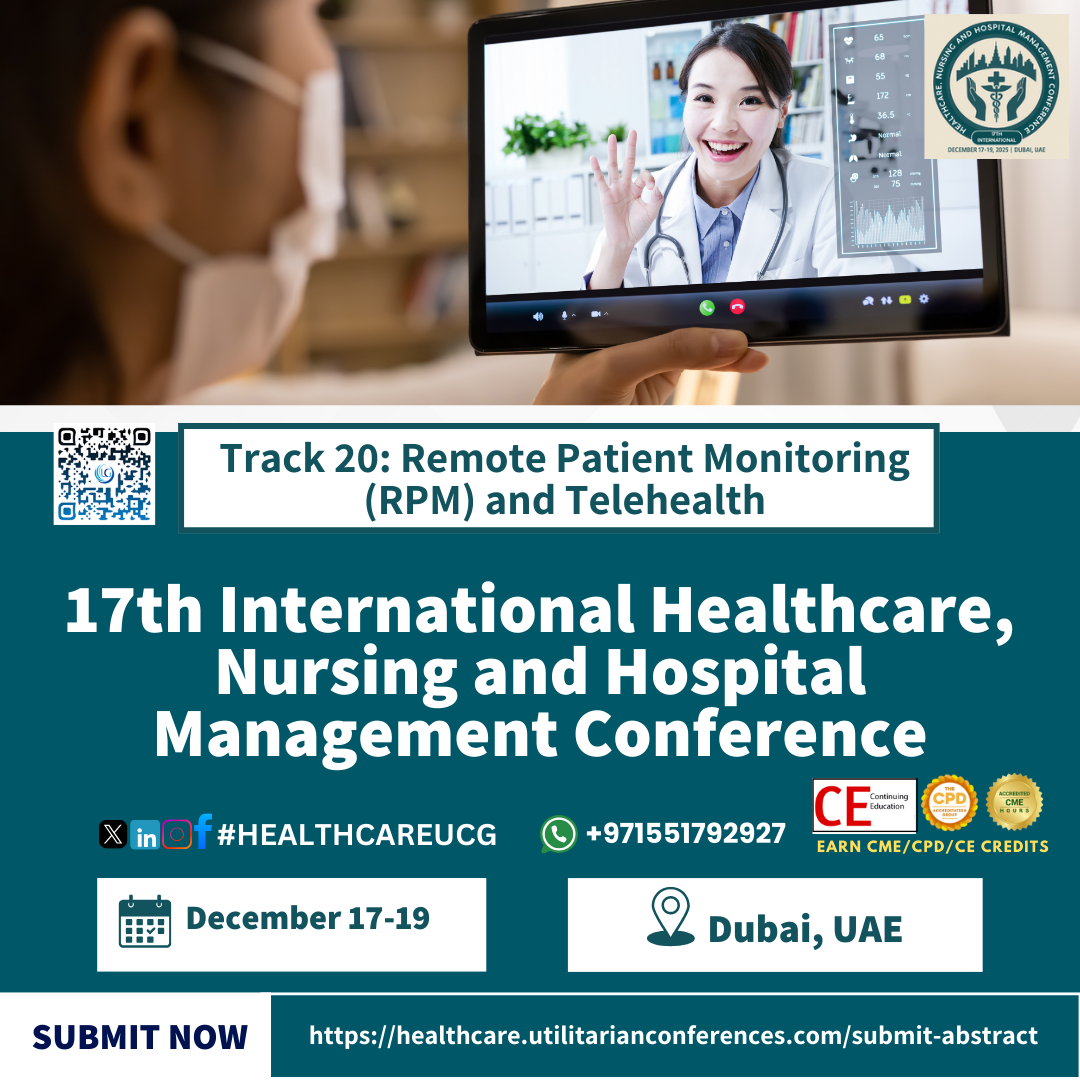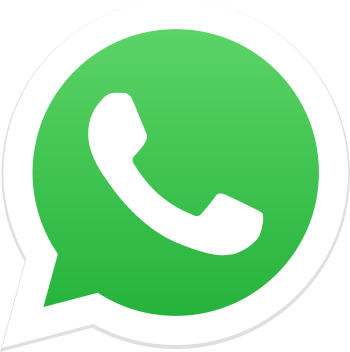



Primary healthcare is the first level of contact individuals, families, and communities...

Personalized and precision medicine are innovative approaches to disease prevention, diagnosis, and...

Remote Patient Monitoring (RPM) and Telehealth have revolutionized modern healthcare by enabling the delivery of medical services and patient care beyond traditional clinical settings. RPM involves the use of digital technologies to collect health data from individuals in one location and electronically transmit that information to healthcare providers in a different location. This real-time data can include vital signs, weight, blood pressure, blood sugar levels, and more, empowering clinicians to monitor patient conditions and make timely decisions.
Telehealth, encompassing a broader spectrum of digital health services, includes virtual consultations, remote diagnostics, and patient education. It bridges the geographical gap between patients and providers, ensuring continuous care regardless of location. This has been particularly crucial in managing chronic diseases, post-operative recovery, mental health care, and elderly care.
The integration of RPM with telehealth platforms enhances care coordination, improves patient outcomes, and reduces the burden on healthcare facilities. It minimizes unnecessary hospital visits, lowers healthcare costs, and promotes proactive and personalized treatment approaches. Patients benefit from increased engagement in their own health and experience a greater sense of comfort and convenience.
Advancements in wearable technology, artificial intelligence, and 5G connectivity are accelerating the capabilities and adoption of RPM and telehealth. As healthcare systems worldwide prioritize accessibility, efficiency, and value-based care, these digital health tools are becoming indispensable components of the future healthcare landscape.
Conclusion
Remote Patient Monitoring and Telehealth are transforming how healthcare is delivered, ensuring care continuity, improving outcomes, and expanding access, especially for vulnerable populations. Their growth and innovation are shaping a more connected, patient-centric future in global health.
#Healthcare #ConferenceDubai #NewYear2026 #BurjKhalifa #DubaiMahal #HospitalManagement #PatientSafety #HealthcareDubai #UAE2026 #MedicalConference #SmartHealthcare